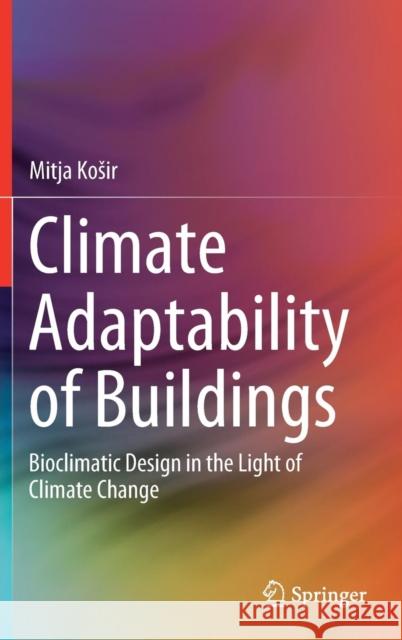Climate Adaptability of Buildings: Bioclimatic Design in the Light of Climate Change » książka
topmenu
Climate Adaptability of Buildings: Bioclimatic Design in the Light of Climate Change
ISBN-13: 9783030184551 / Angielski / Twarda / 2019 / 243 str.
Climate Adaptability of Buildings: Bioclimatic Design in the Light of Climate Change
ISBN-13: 9783030184551 / Angielski / Twarda / 2019 / 243 str.
cena 262,25
(netto: 249,76 VAT: 5%)
Najniższa cena z 30 dni: 250,57
(netto: 249,76 VAT: 5%)
Najniższa cena z 30 dni: 250,57
Termin realizacji zamówienia:
ok. 22 dni roboczych
Bez gwarancji dostawy przed świętami
ok. 22 dni roboczych
Bez gwarancji dostawy przed świętami
Darmowa dostawa!
Kategorie:
Kategorie BISAC:
Wydawca:
Springer
Język:
Angielski
ISBN-13:
9783030184551
Rok wydania:
2019
Wydanie:
2019
Ilość stron:
243
Waga:
0.53 kg
Wymiary:
23.39 x 15.6 x 1.6
Oprawa:
Twarda
Wolumenów:
01
Dodatkowe informacje:
Wydanie ilustrowane











